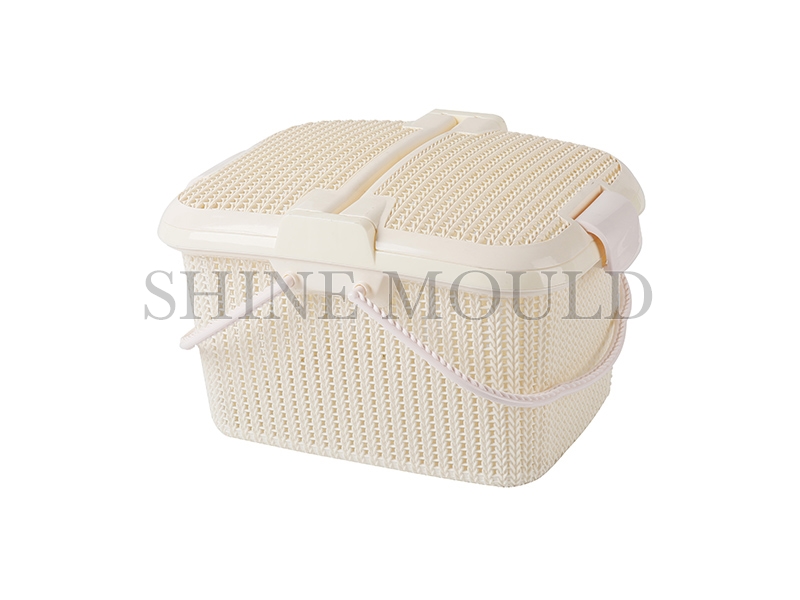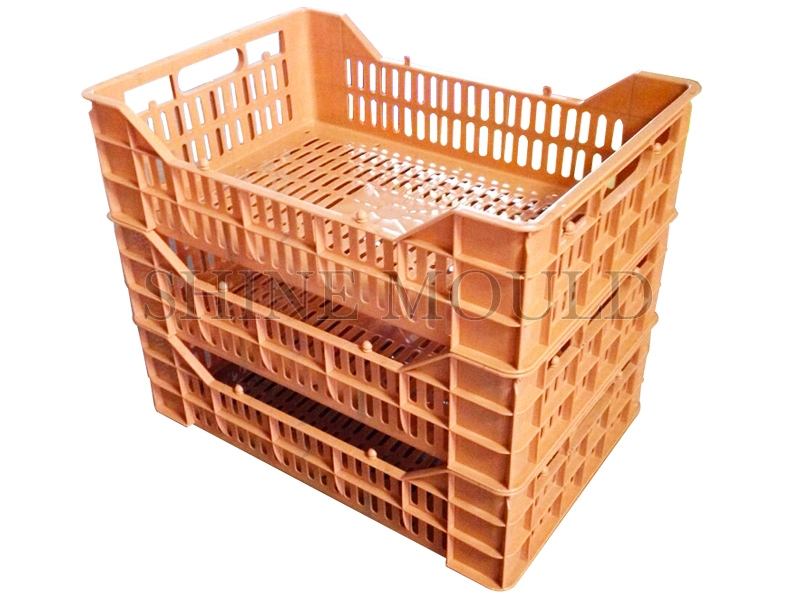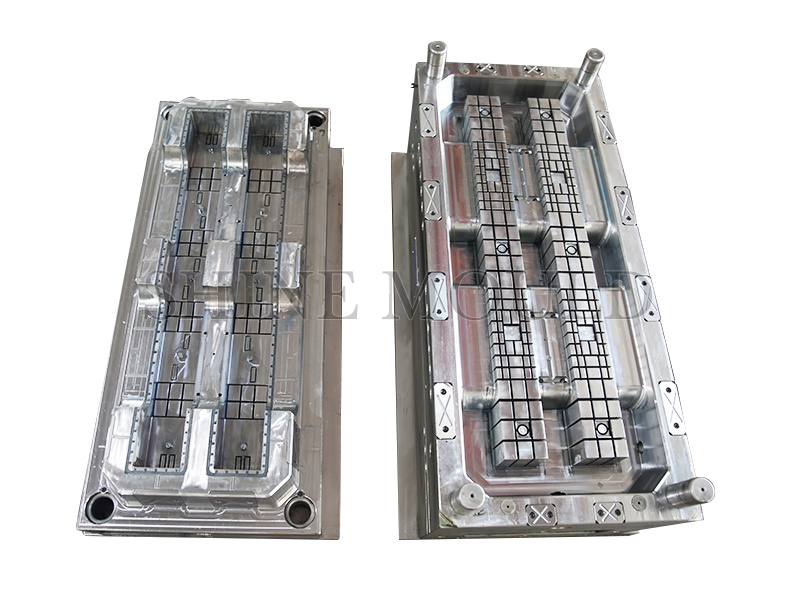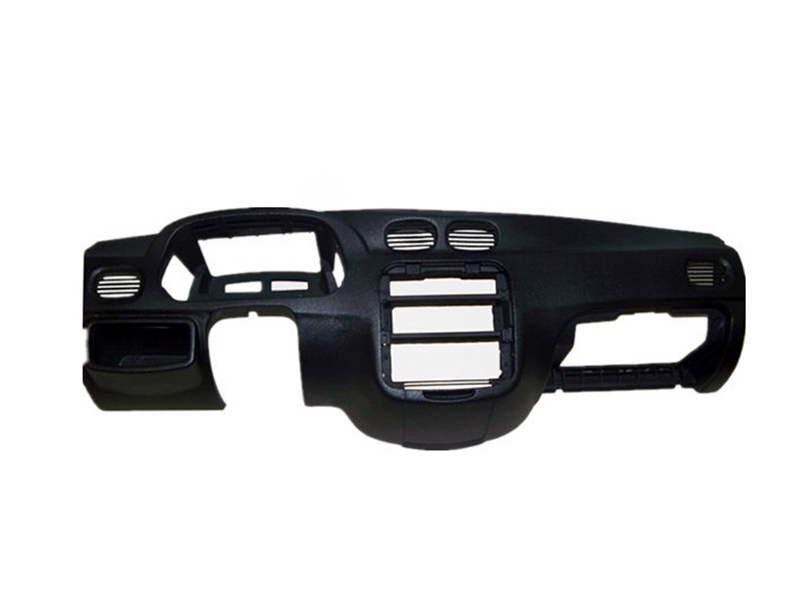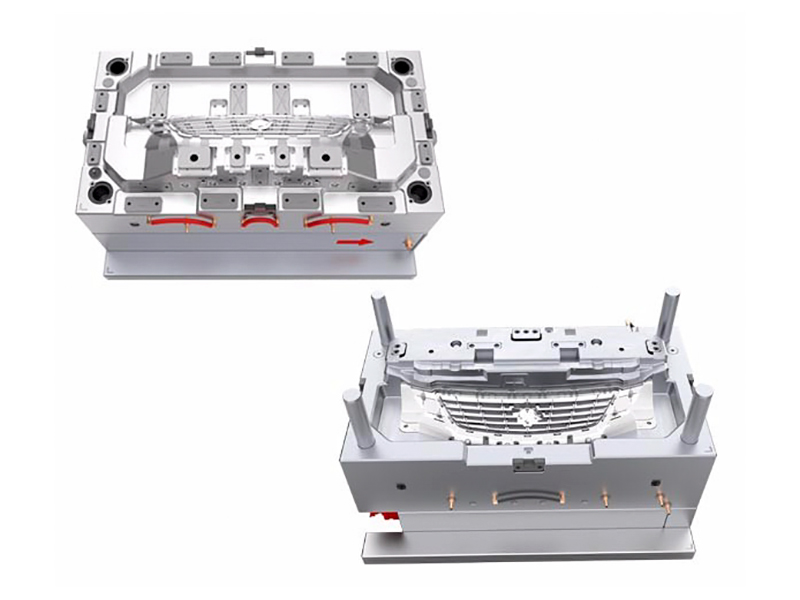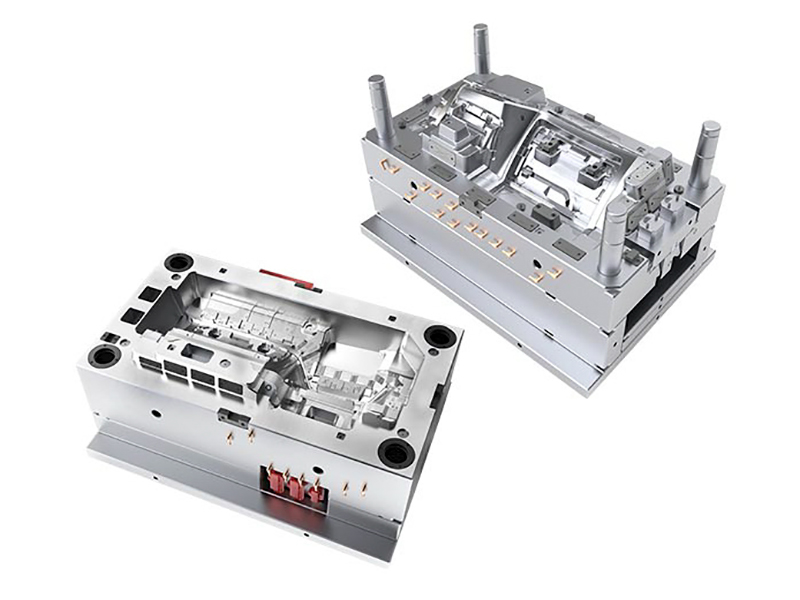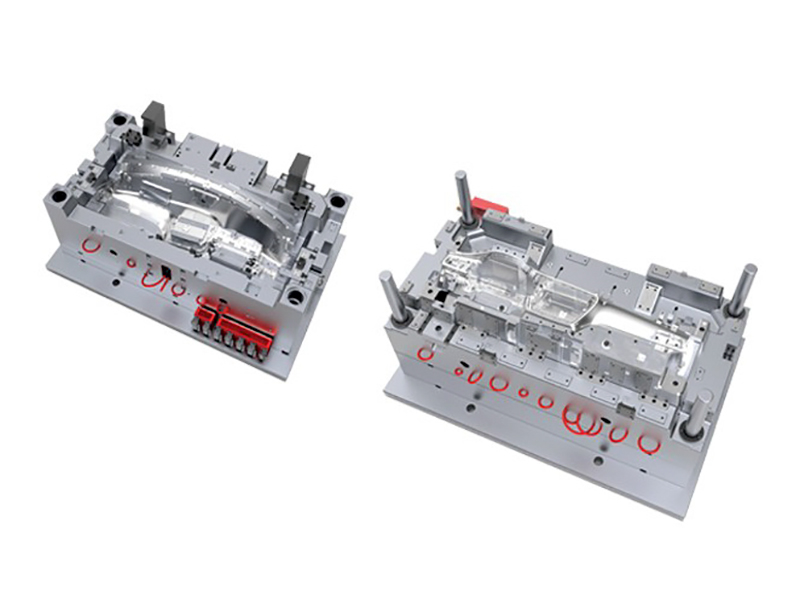How to Choose the Right Basket Mould for Your Production Needs?
In the plastic product manufacturing industry, selecting reliable and efficient moulds plays a critical role in determining the quality and consistency of the final product. Among various mould types, the Basket Mould holds particular importance for manufacturers producing storage and utility baskets for household, industrial, and commercial use. Understanding how to choose the right Basket Mould for your production needs can help improve output, reduce defects, and ensure smooth operation throughout the production process.
The factor to consider when selecting a Basket Mould is its size and capacity. Different production lines require moulds capable of creating baskets of various dimensions, ranging from small desk organisers to large industrial storage bins. Before making a decision, it is essential to review the specific requirements of your target market and product range. Choosing a Mould that accommodates these needs helps streamline production and avoid frequent tooling changes.
Material compatibility is another important aspect when evaluating a Basket Mould. Plastic baskets are commonly produced using materials such as polypropylene (PP), polyethene (PE), or high-density polyethene (HDPE). Each material has unique characteristics that influence moulding temperature, flow behaviour, and cooling time. Manufacturers should select a Mould designed for compatibility with the intended plastic material to ensure consistent quality and avoid processing issues.
Design complexity is also worth considering. Some baskets have simple open-top designs, while others include integrated handles, ventilation holes, or decorative patterns. When choosing a Basket Mould, it is necessary to confirm that the mould can accurately replicate these features. This involves examining the mould's cavity design, core structure, and ejection system to ensure smooth demoulding without damaging the final product.
Production speed and cycle time are crucial for meeting large-scale production demands. A well-designed Basket Mould should support fast cycle times while maintaining product quality. Features like efficient cooling systems and streamlined runner layouts can improve moulding speed and reduce energy consumption. Evaluating a Mould for these factors helps manufacturers achieve higher output with consistent results.
Durability and maintenance requirements should also be taken into account. Since a Basket Mould is used in repetitive, high-pressure injection moulding processes, it must be made from strong, wear-resistant materials. Common choices include P20 steel, H13, and stainless steel for corrosion-prone environments. Manufacturers should also consider how easy it is to maintain and repair the Basket Mould to reduce downtime and extend its working life.
Another factor to review is the ejection method of the Mould. Proper ejection is vital to prevent product deformation and damage. Depending on the basket design, the mould may use ejector pins, air-assisted ejection, or stripper plates. Ensuring that the Basket Mould has a reliable ejection system that matches the product's size and shape contributes to smooth, efficient production.
Flexibility and adaptability are becoming increasingly important in modern manufacturing environments. Choosing a Mould with interchangeable inserts or adjustable cores allows manufacturers to produce different basket sizes or designs using the same base mould. This can reduce tooling costs and enable faster transitions between product types, making the production line more versatile.
Cost is always a factor when investing in production equipment. While it may be tempting to focus solely on initial pricing, it is equally important to consider the overall value and long-term benefits a Basket Mould offers. A slightly higher upfront cost may result in lower maintenance expenses, faster production cycles, and fewer defects over time, ultimately improving profitability.
Before finalising a purchase, manufacturers should request detailed mould drawings, 3d models, and, if possible, conduct trial runs. This ensures that the Basket Mould meets all operational and technical expectations. Feedback from trial production can help identify any potential issues, allowing adjustments before full-scale manufacturing begins.
Delivery time and after-sales support should not be overlooked. Reliable communication and technical assistance from the mould supplier are important for resolving issues quickly and reducing production delays. Manufacturers should work with mould providers that offer clear delivery schedules, technical training, and spare parts availability to support the long-term operation of the Basket Mould.




 Search...
Search... English
English
